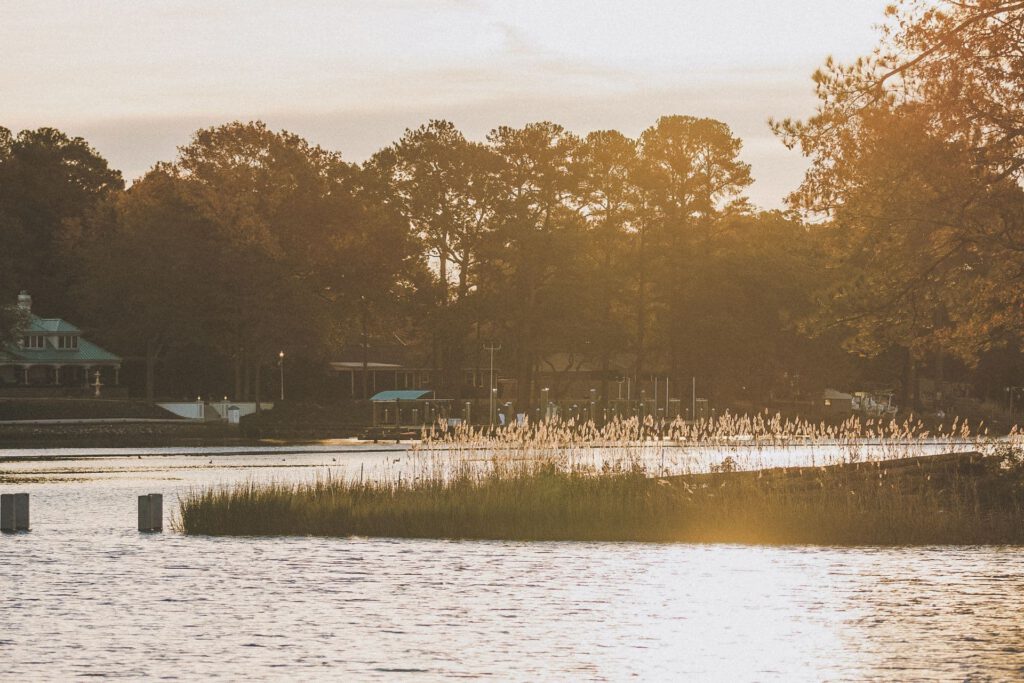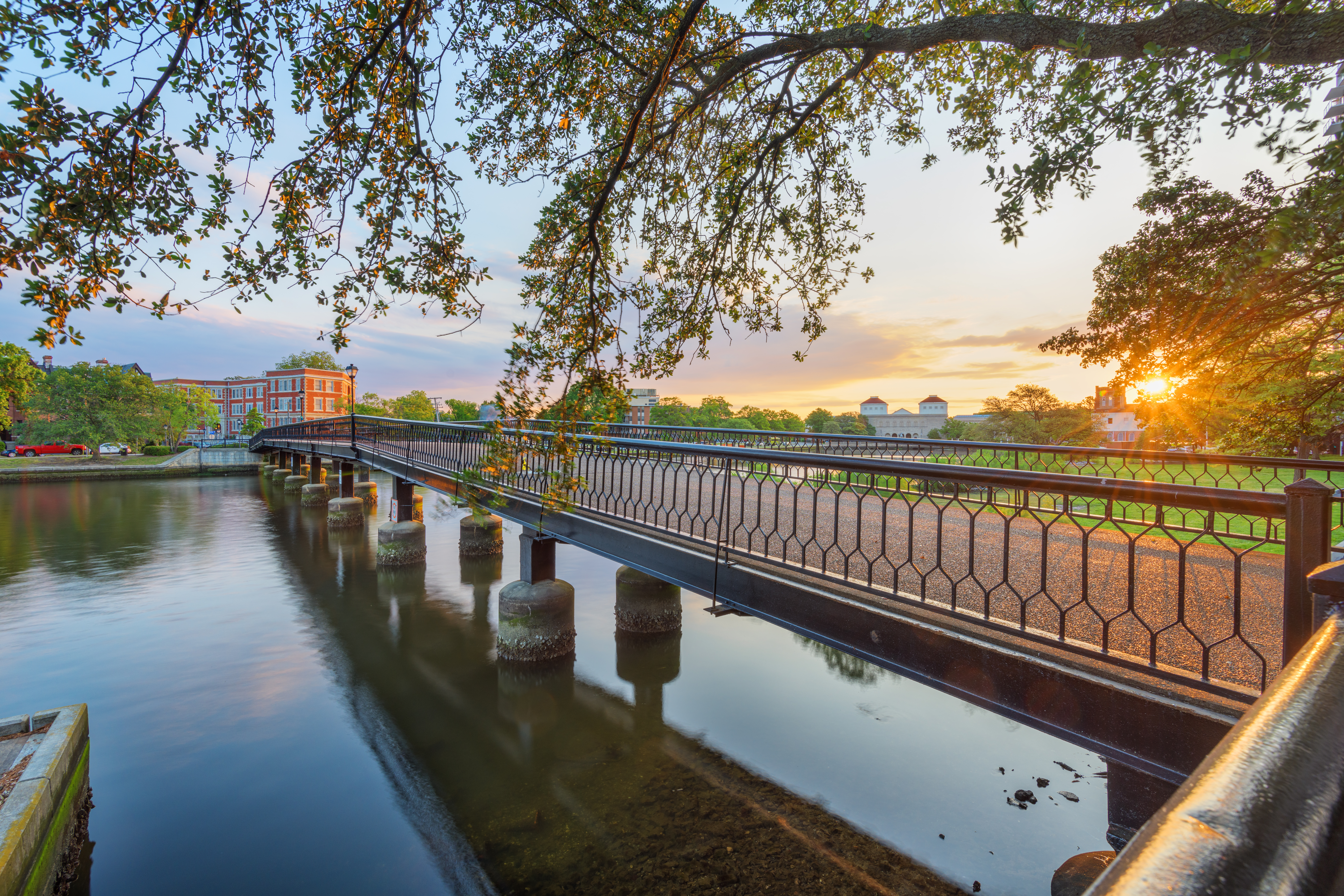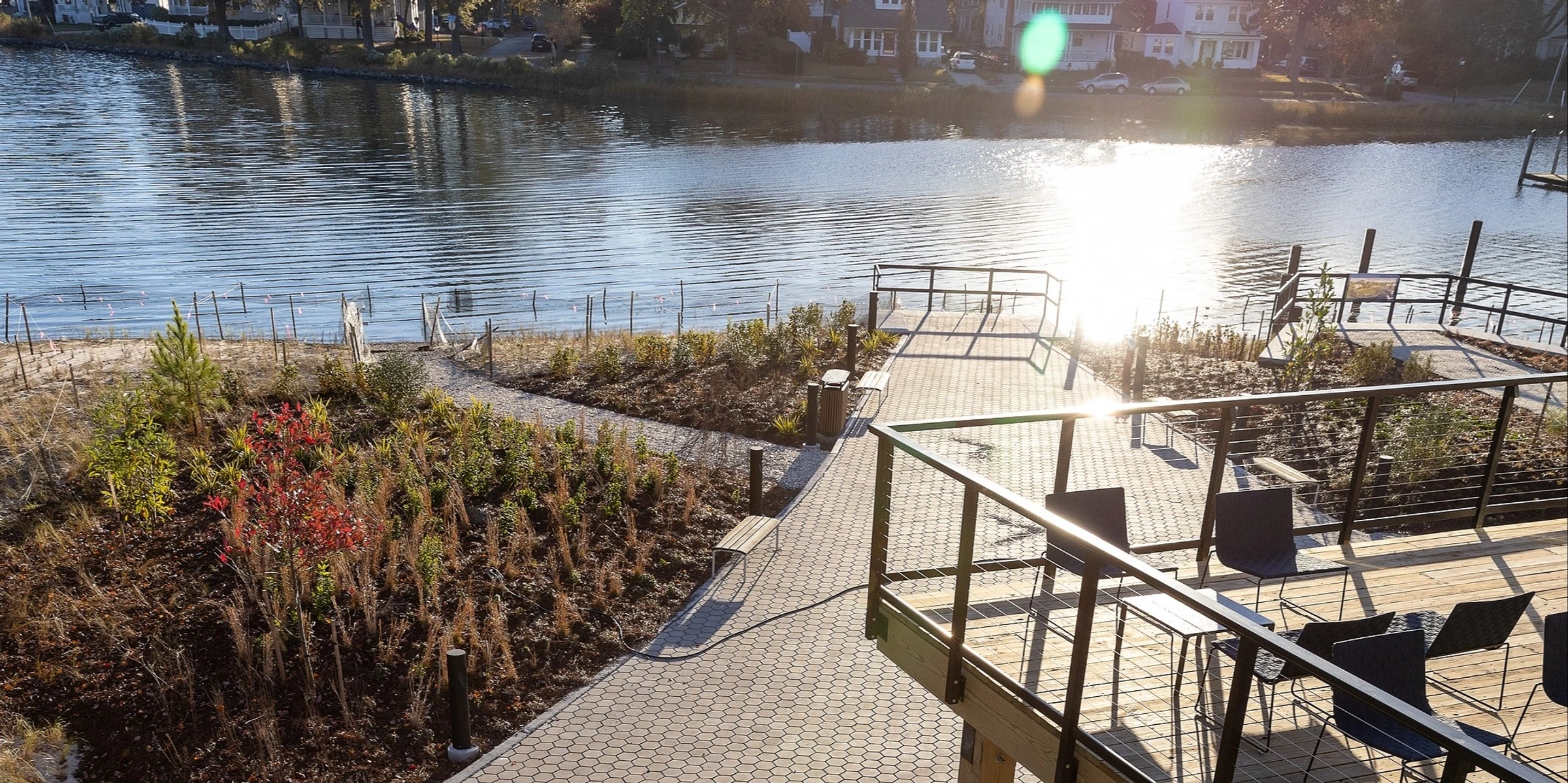News
U.S. LawShield Turns Memberships Into Lifeline for Texas Flood Victims
July 17, 2025 •iSportsman Staff
The Elizabeth River has undergone a remarkable transformation over the past few decades — once known as one of the most highly polluted bodies of water in the entire Chesapeake Bay watershed, the river has made some drastic leaps forward. Though it is still on the impaired waters list today, focused conservation efforts continue to clean up the river and will allow it to thrive for many years to come. In this article, we cover the history of the Elizabeth River, including its original state in the colonial era, how it fell from grace, how we’ve managed to turn its fate around, and how its conservation has positively impacted the local Norfolk community.
The Elizabeth River boasts a rich history that stretches back centuries. Named in honor of Princess Elizabeth, daughter of King James I of England, the river played a pivotal role in the early colonization of America. Its strategic location at the heart of the Chesapeake Bay made it a hub for trade, commerce, and maritime activity. Here are a few fun facts about the river:
For much of the 20th century, the Elizabeth River bore the heavy burden of industrialization and urban development. Factories lined its banks, discharging toxic chemicals and heavy metals directly into its waters. One of the biggest offenders were wood treatment plants that used creosote, an oil-derived product that is rich in polycyclic aromatic hydrocarbons (PAH). These pollutants dramatically affected the fish population’s embryonic development, immune function, and is associated with increased cancer rates.
Municipal sewage systems further contributed to the river’s degradation, causing widespread contamination and endangering aquatic life. By the mid-20th century, the river had earned a notorious reputation as one of the most polluted water bodies in the United States.
The polluted state of the Elizabeth River sparked a groundswell of environmental activism and advocacy in the late 20th century. Concerned citizens, environmental organizations, and government agencies joined forces to address the root causes of pollution and chart a course toward restoration. Comprehensive clean-up initiatives were launched, targeting industrial discharges, sewage overflows, and contaminated sediment hotspots.

One of the most significant milestones in the river’s restoration journey came with the establishment of the Elizabeth River Project in 1993. This collaborative effort brought together stakeholders from various sectors to pursue a shared vision of a revitalized Elizabeth River. Through pollution prevention, habitat restoration, and community engagement, the Elizabeth River Project catalyzed transformative change along the river’s corridor.
Decades of tireless conservation efforts have yielded remarkable results for the Elizabeth River ecosystem: miles of river have successfully been restored. Water quality has improved significantly, with reductions in key pollutants such as heavy metals and nutrient runoff. The restoration of vital habitat areas, including wetlands and oyster reefs, has enhanced biodiversity and provided sanctuary for countless species of fish, birds, and other wildlife.

The resurgence of once-endangered species serves as a symbol of the river’s recovery. Species such as the Atlantic sturgeon and the blue crab have returned to the Elizabeth River; their presence signals the rebirth of a once-degraded ecosystem. Additionally, recreational opportunities along the river have flourished, with kayakers, anglers, and nature enthusiasts rediscovering the beauty and tranquility of its waters. The Elizabeth River can now be characterized as a recovering aquatic ecosystem.
The restoration of the Elizabeth River has not only revitalized its natural environment but also yielded tangible benefits for the Norfolk area community. A healthy river ecosystem supports commercial and recreational fisheries, providing sustenance and livelihoods for local residents. Waterfront redevelopment projects have transformed formerly blighted areas into vibrant public spaces, attracting visitors and fostering community pride.
Furthermore, the improved water quality of the Elizabeth River has safeguarded public health and enhanced the quality of life for nearby residents. Cleaner waterways mean safer drinking water, reduced risks of waterborne illnesses, and greater opportunities for outdoor recreation and enjoyment.

While significant strides have been made in restoring the Elizabeth River, the work is far from over. Continued commitment is essential to sustain the gains achieved and address emerging environmental challenges like sea-level rise and climate change. Collaborative partnerships between government, industry, academia, and the community are vital to safeguard the health of this precious natural resource.
The Elizabeth River restoration demonstrates the power of collective action. We hope this story inspires conservation across the country — by learning from its past and embracing a shared commitment to stewardship, we can ensure that future generations inherit a legacy of clean water, vibrant ecosystems, and sustainable communities.
To show our commitment to the conservation of the Elizabeth River, iSportsman employees will be volunteering at the Elizabeth River Project’s upcoming volunteer day for the Ryan Resilience Lab Landscaping. We invite you to join us and help make a positive impact on our community’s waterways. The event takes place on May 23 from 10:00 AM to 12:00 PM and you can sign up here. For questions, please contact Volunteer Coordinator, Kayla Gradwell, at kgradwell@elizabethriver.org.